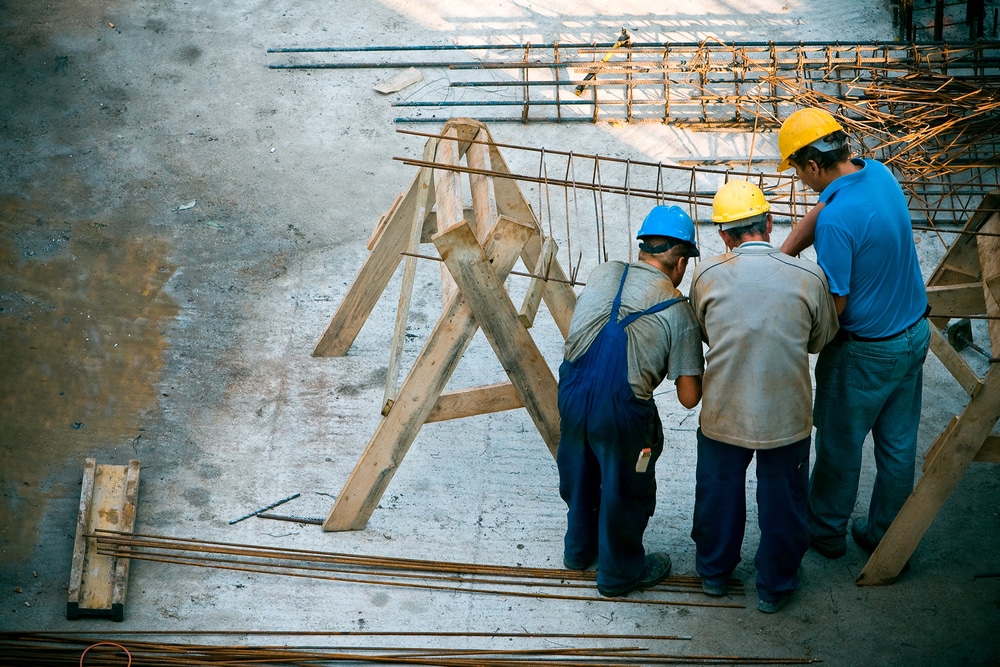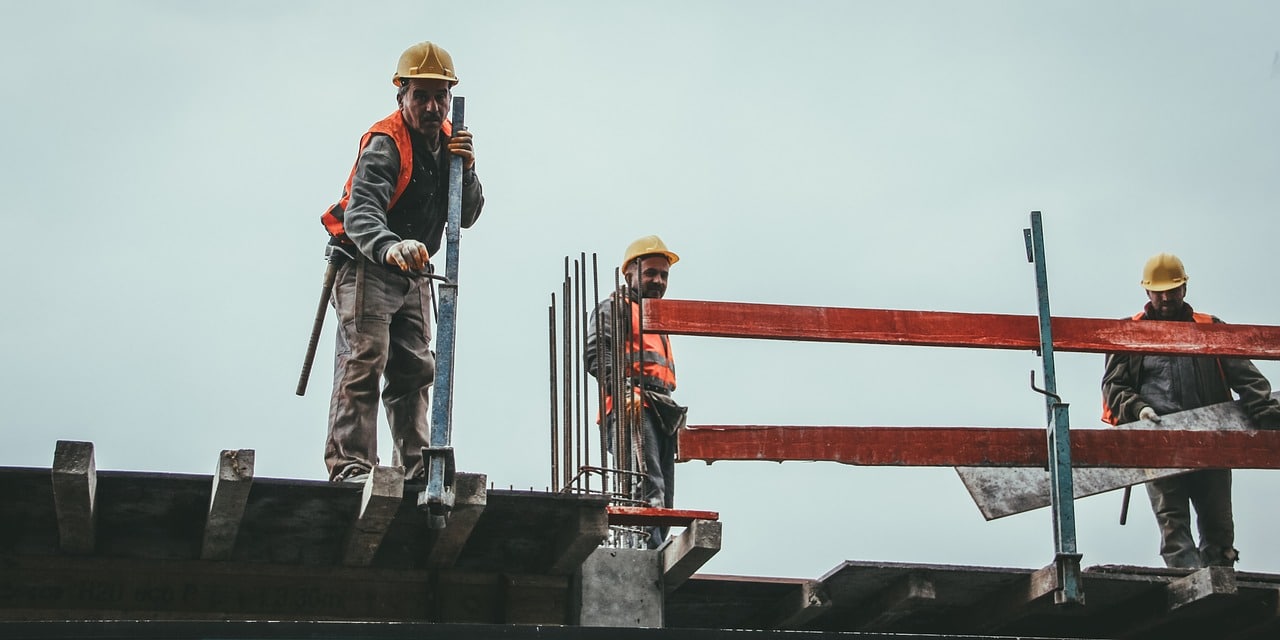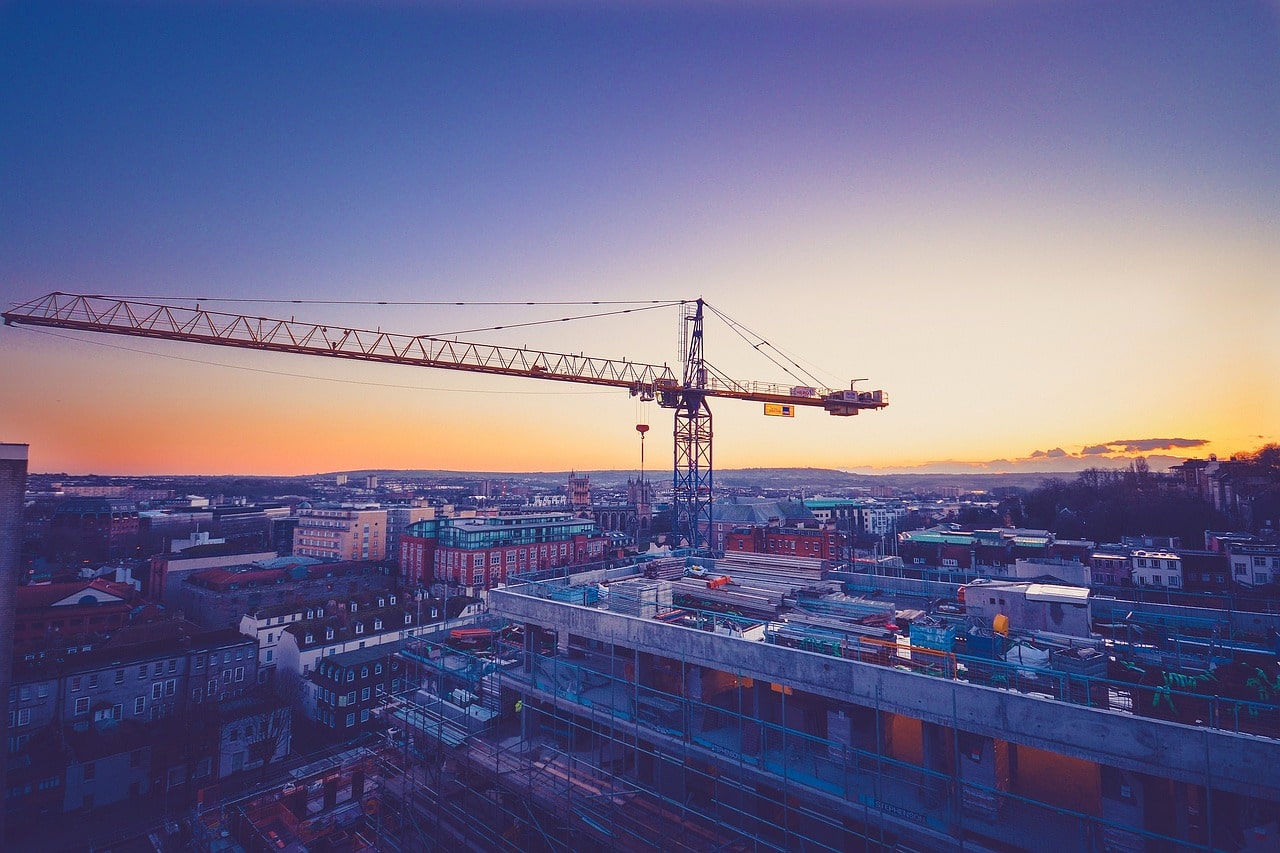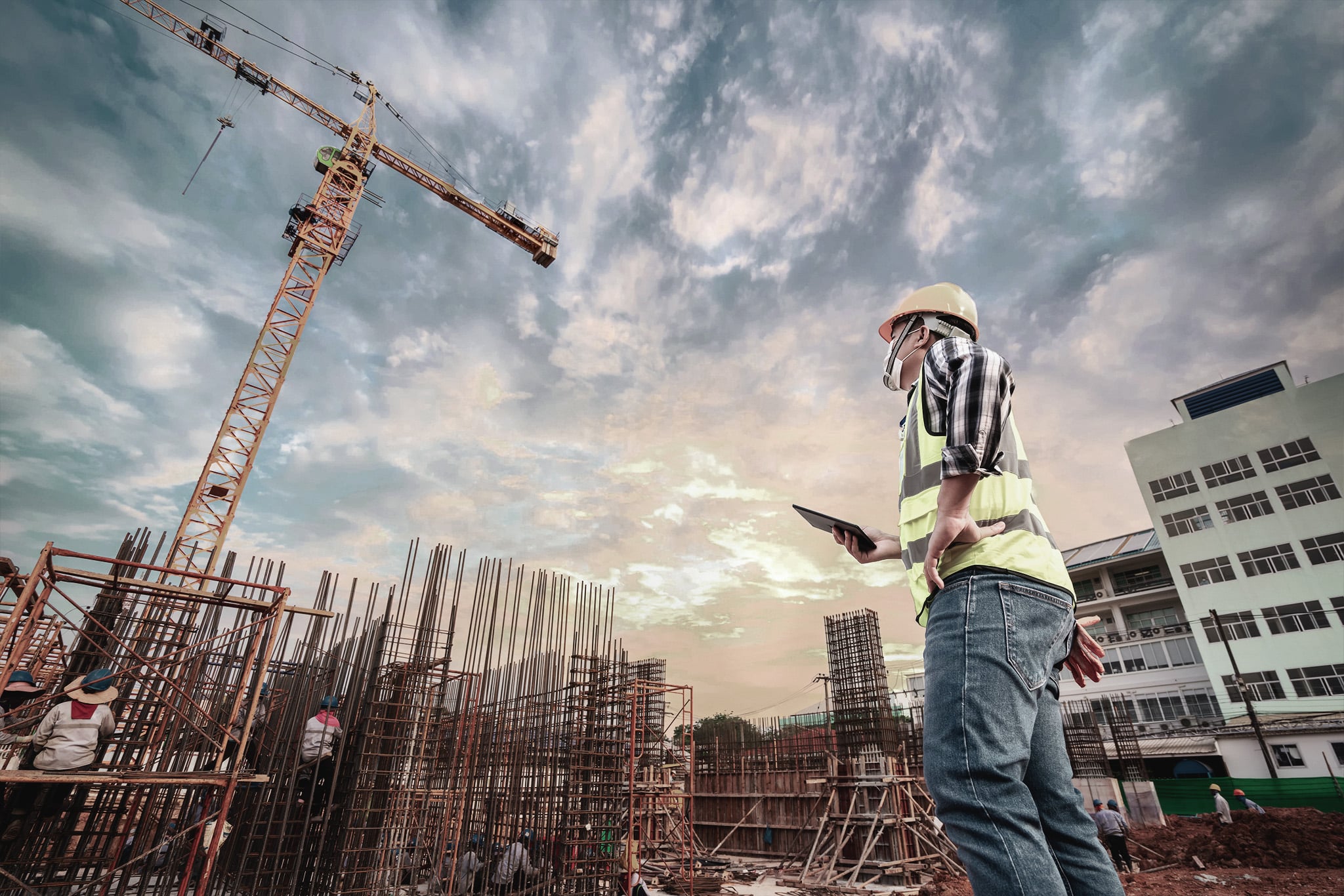A Guide to Construction Inspection
Construction inspections are a necessary part of the building process in the construction industry because it is the only way to know for sure that all the work was completed properly during the building process. For this reason, construction companies cannot perform their own inspections, however, they can go through the buildings and do their own inspection prior to the arrival of the actual inspector. That ensures that they catch some of the issues and can have them corrected before the inspection process begins.
Construction inspectors have a difficult job, because they need to make sure that every building that they inspect meets both local and national ordinance and building codes, as well as zoning regulations and the contract specifications. This work can take hours to complete and it can often be tedious.
A construction inspector normally doesn’t need much formal schooling, as they normally learn as they go. However, they should at least have a high school diploma, some experience within the construction industry, and be capable of learning quickly. Some states do require that construction inspectors have a license or certification, so anyone who is interested in this position will need to see what the requirements are where they live.
While there is always an inspection at the end of the building process, there are usually other inspections completed at the end of certain parts. These smaller inspections ensure that days or weeks of work do not need to be torn down to fix something that is discovered too late.
Here are some of the steps where construction inspections are needed during the building process:
- Once the footings are in place, construction inspectors normally come out to inspect their location and give approval before a person is allowed to pour the concrete.
- Most of the time, an inspection is required after the concrete slab is poured and the plumbing fixtures are starting to go into place.
- The rough-in for the wiring can take some time and inspections are needed prior to any walls being put in place. This is also the time when the rough ins can be completed for the plumbing and those can be inspected as well.
- Depending on the location of the building being constructed, an inspection may be required once the insulation has been put in place.
If this is a little confusing, do not worry, because a contractor knows when all the inspections need to be completed! However, if a person is looking for a comprehensive list of all potential inspections that need to be completed, here it is:
Building Code Inspections
- Temporary electric
- Plumbing under slab
- Driveway specifications
- Soil erosion control
- Formed walls
- Footing
- Foundation
- Certified foundation survey
- Deck footing
- Garage and basement slab areas
Rough In Inspections
- Framing
- Plumbing
- Electrical
- Mechanical
- Water and sewer
- Insulation
- Then a final inspection for the following: plumbing, mechanical, electrical, decks, stairs, guardrails, handrails, interior finishes, exterior finishes, and the final grading
Other Inspections
- Swimming pool
- Waterproofing
- Retaining walls
It can easily become overwhelming to know what needs to be checked for an inspection and what does not, which is why many construction inspectors carry around a handy checklist. This checklist used to be on paper, but with the newest in technology, it can now be used via an app on a smartphone. This means that as an inspector looks at certain items, they can check them off their list as completed and passed. They can also make a note that certain items failed inspection, so that they know that they need to return for a re-inspection. This will allow multiple inspectors to work together to complete the job in no time at all, because everyone will know what has been inspected and what still needs to be looked at.
Some construction inspectors can use the same checklists for almost any building that they do, while others will have multiple checklists going at once because each building is different. The good news about the checklists being on an app is that items can easily be added or subtracted, and the new information saved, for each project that an inspector is working on. Plus, since these checklists can be easily shared across platforms, it is simple for another inspector to take over the tasks if the regular inspector is ill or on vacation.
While some construction companies think that their work is always perfect and there is no need for inspections, owners are happier to know that the work that was completed was done properly and that they can safely use the building.
Without inspections, there would also be a lot of he said, she said thing going on, and no one would be happy with the results at the end, because the entire process would need to move to court just to get a resolution.




